How to change Ostinato’s look and style
Ostinato uses Qt for cross-platform UI functionality and ships with a few styles built in that mimic the look and feel of various platforms. You can use these styles without having to change or recompile the code.
Use the command line param -style <style> when invoking ostinato. The available styles are -
- motif
- cde
- windows
- cleanlooks
- gtk
- mac
- plastique
- windowsxp
- windowsvista
The styles in italics are fully supported only on their native OS due to their dependency on OS specific modules and libraries
Here’s a sample gallery of a few styles for Ostinato running on Windows 10 (click on the thumbnails for full image and description) -
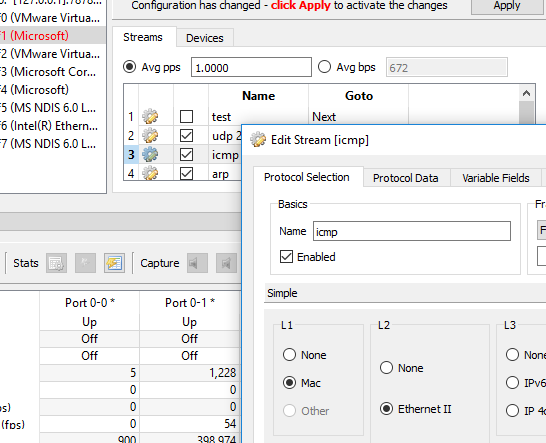
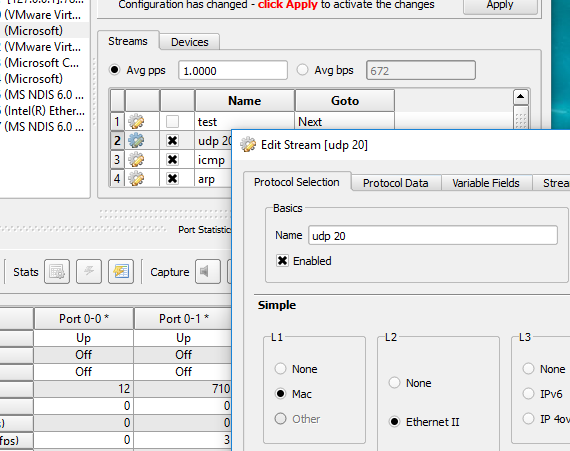
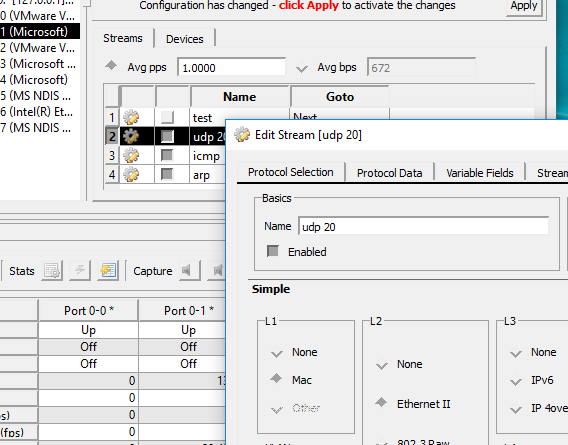
While it’s mostly just fun playing with the different looks, it might also be useful if you are using Ostinato on a OS that you normally don’t use.
For example, if you are a Windows user and the Ubuntu Unity GUI throws you off, you could get back your familiar look and feel for Ostinato (and any other Qt4 app for that matter) by using -style windows
Here’s a sample gallery of a few styles for Ostinato running on Ubuntu 16.04 (click on the thumbnails for full image and description) -
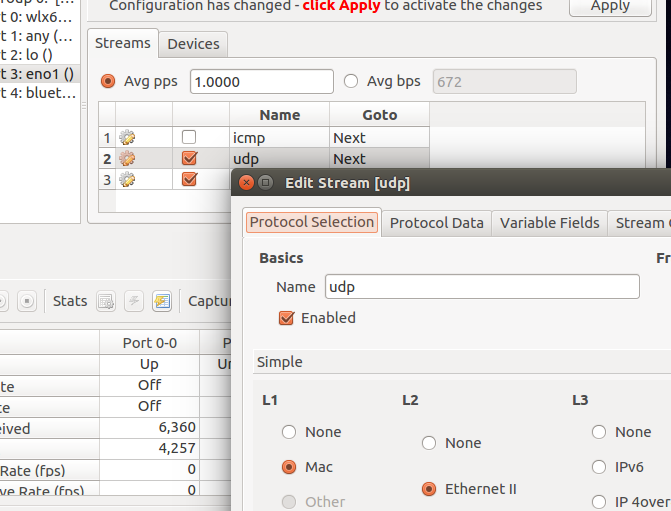
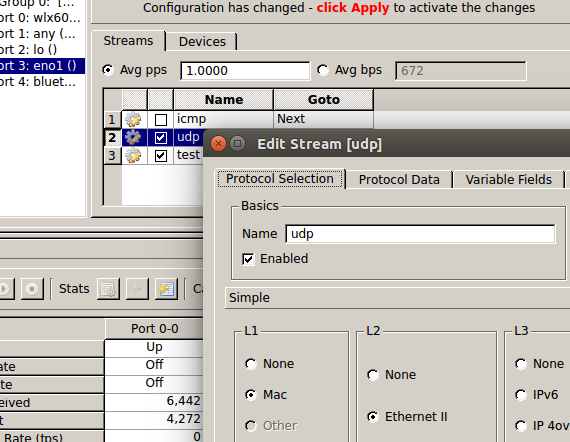
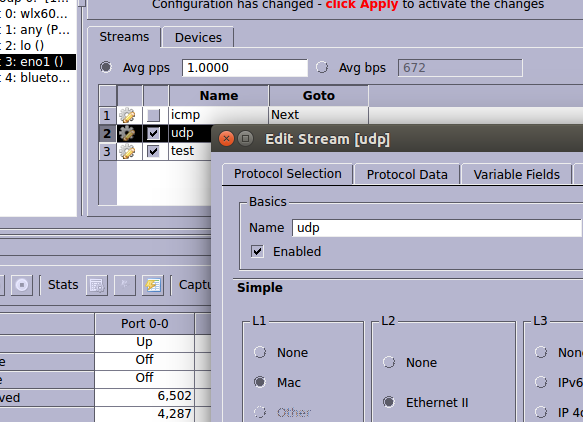
That purple CDE window brings back memories of my first job where we had Sun Solaris workstations running CDE!
Interested in more Ostinato tips and tricks? Subscribe to receive email updates!

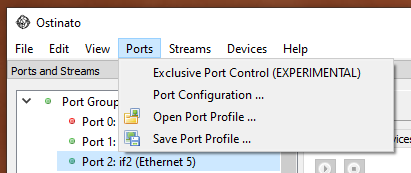
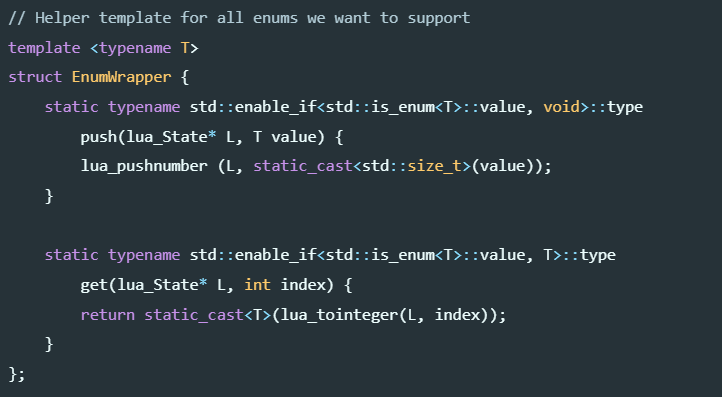
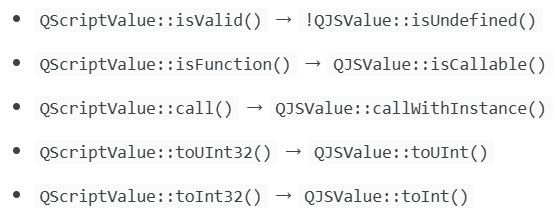

Leave a Comment